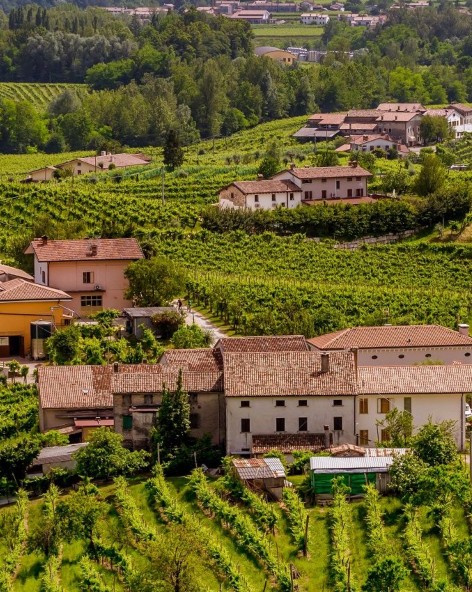

Prosecco DOCG
The area where Prosecco is ‘Superiore’ lies in Veneto, 50 km from Venice, in the hilly strip of the Province of Treviso lying between the small towns of Conegliano and Valdobbiadene. It is equidistant from the Dolomites and the Adriatic, a particular situation that has a positive effect on the climate. The terrain is difficult to cultivate but with a special charm, with its vineyards perched high on the steep hillsides where it is hard even to remain standing.
Here the vine-growers have made the hillsides their own a centimeter at a time, thus creating a unique landscape whose beauty is such that the producers have applied for the area to become a UNESCO World Heritage Site. The production zone comprises fifteen communes and stretches over an area of around 20,000 hectares. Vines are grown only on the sunniest parts of the hills, at altitudes varying between 50 and 500 meters above sea level, while the north-facing slopes are covered mainly in woodland.
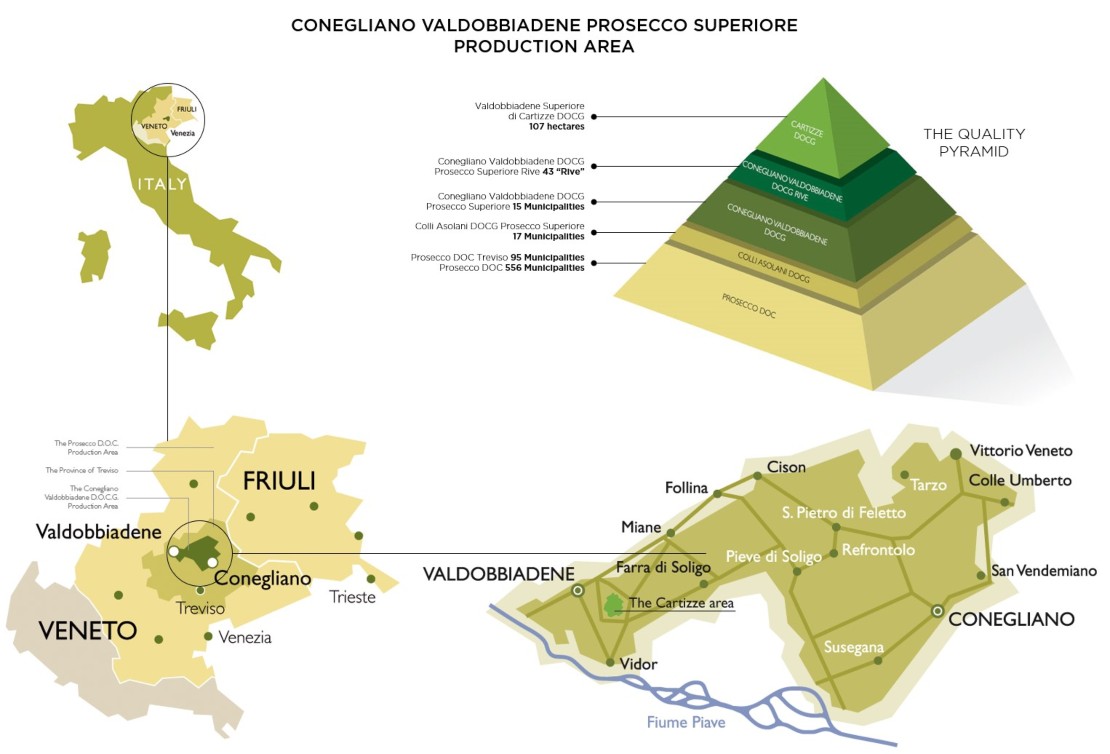
5,000 hectares of vineyards are part of the official DOCG, and of these just over 100 are in the Cartizze subzone in the commune of Valdobbiadene, which lies between the hamlets of Saccol, San Pietro di Barbozza and Santo Stefano. The climate throughout the area is mild, with not excessively cold winters and hot but not muggy summers, with the result that, in the past, the nobles of Venice liked to spend their summers in these areas in order to escape from the humidity of the lagoon.
The Prosecco produced in the Conegliano Valdobbiadene area represents a synthesis of history and “naturally” superior quality. Conegliano, the heart of local wine culture, is the site of Italy’s first Oenological School and also of its first Research Institute for Viticulture; Valdobbiadene, the heart of the actual production zone, has the greater concentration of high hillside vineyards. There is also a third element: the men and women who, through their passion for their land and for their product, have always expressed – and continue to do so – the unique, inimitable character of Conegliano Valdobbiadene DOCG.
PROSECCO GRAPE VARIETIES
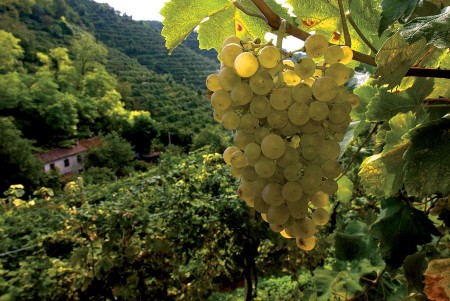
Conegliano-Valdobbiadene is obtained from a number of local grape varieties. The most important of these is the rustic and vigorous Glera, which has hazel-colored shoots and fairly large, elongated, loosely-packed bunches (with a “wing”) and handsome golden yellow berries that stand out against the bright green of the leaves. The first written documentation of its presence in the area dates back to 1772, in the 8th volume of the “Giornale d’Italia”, in which the scholar Francesco Maria Malvolti speaks about the quality of the local viticulture.
Glera gives the wine of Conegliano Valdobbiadene its basic structure, but small proportions of Verdiso, Perera and Bianchetta, local varieties that are considered as minor but which are very useful for giving the wine a satisfying, harmonious structure, may also be used, as well as Pinot and Chardonnay.
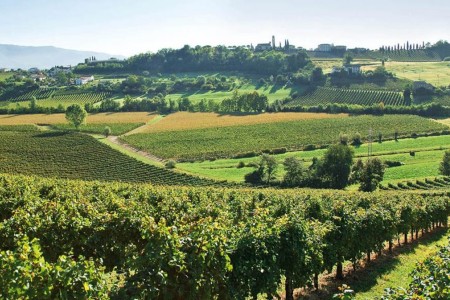
Verdiso has been cultivated in the zone since the 18th century, and it was already fairly widely grown in the 19th. It is used to increase the wine’s acidity. Perera, which was also widespread at the beginning of the last century, is used to heighten the wine’s perfumes and aromas. Its name derives from the shape of the berries or - as some maintain - from its distinctive taste, which recalls that of pears.
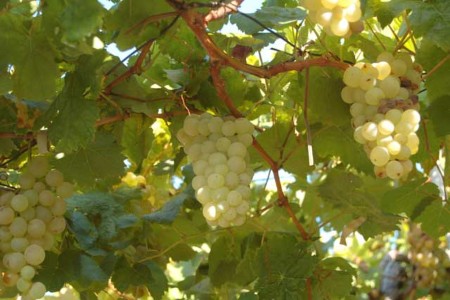
Lastly, Bianchetta, documented as early as the 16th century, serves to make the wine mellower in cold years because it is an early ripener. For this reason it is often to be found, along with Verdiso, in the areas that are highest and most difficult to cultivate. The wine of Conegliano Valdobbiadene is produced with a minimum of 85% of grapes of the Glera variety and a maximum of 15% of the other cultivars mentioned.
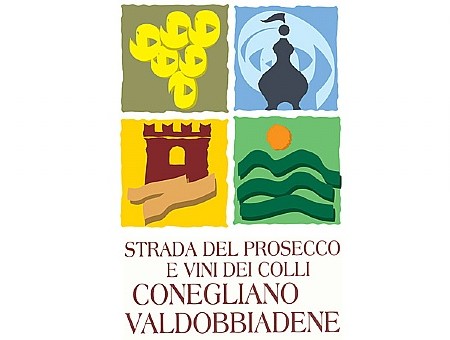
How is Prosecco Made?
The wine of Conegliano Valdobbiadene method is the fruit of an ancient tradition. A fundamental role was played by Italy’s first School of Oenology, where the Conegliano Valdobbiadene process for making sparkling wines, a modified version of the Italian Method, was perfected by Antonio Carpenè. These are its distinctive characteristics:
The first stage is pressing (pressatura), carried out using sophisticated machinery that acts on the grapes in a gentle manner, thus extracting only the free-run juice, which comes from the heart of each berry. From 100 kilograms of grapes one can obtain a maximum of 70 liters of wine. This is followed by settling, in which the cloudy must is chilled to 5°-10° C and kept in stainless steel tanks for 10-12 hours. At the end of that, vinification (vinificazione) begins thanks to natural yeasts which, added to the must, start off the alcoholic fermentation. This lasts for 15–20 days in stainless steel at a constant temperature of 18°-20° C. At the end of the vinification a base wine is obtained.
The prise de mousse (presa di spuma) takes place when the base wine has become clear. The various parcels of wine that are available in the winery are – after careful tasting – blended together: these wines, which up until this moment have been kept separate according to their origin, date of harvest and organoleptic properties, are mixed together in very precise proportions. The wine is made sparkling using the Italian Method, by introducing it into large pressurized tanks together with sugar and yeasts. This technique preserves the grapes’ varietal aromas, giving a fruity and floral wine.
In this method, during re-fermentation the yeasts feed on the sugar to produce CO₂, or in other words the silky bubbles that are characteristic of Conegliano Valdobbiadene. The Italian Method, calls for re-fermentation in pressurized tanks for at least 30 days, while the Classic Method takes place in bottle and lasts many months, or even years. Both, however, are based on the same principle, that is to say the transformation of sugar in carbon dioxide, thanks to the action of yeasts. Once the wine is sparkling, bottling (imbottigliamento) takes place and, after 30-40 days, the wine is ready to be released onto the market.